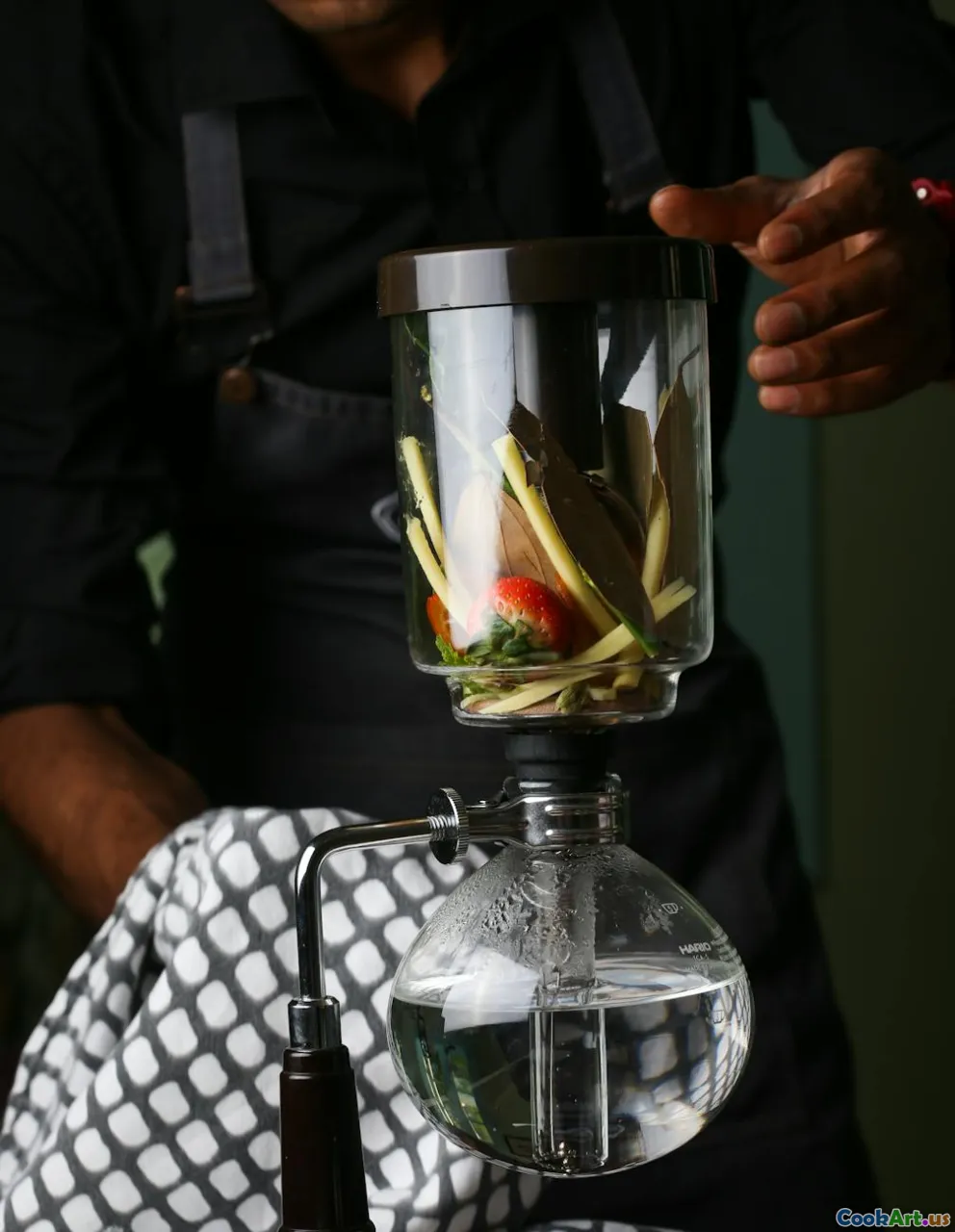Innovative Techniques in Cocktail Making
6 min read Explore groundbreaking techniques that redefine cocktail making, blending creativity and science for a refreshing drinking experience. April 05, 2025 10:45
Innovative Techniques in Cocktail Making
Cocktail making is an art form that continuously evolves, influenced by trends, cultural shifts, and technological advancements. In recent years, innovative techniques have emerged that not only elevate the flavors but also enhance the overall experience of enjoying cocktails. In this article, we explore some of these groundbreaking practices that are reshaping the landscape of mixology.
1. Molecular Mixology: Science Meets Art
Molecular mixology is a cutting-edge approach that combines culinary techniques with mixology. Bartenders use scientific principles to create unique textures and presentations. Techniques such as spherification, where liquids are transformed into caviar-like spheres, or foams produced by using lecithin or other emulsifiers, create visually stunning and flavorful drinks. This method allows for flavors to be experienced in new ways, stimulating not just the palate but also the eyes.
Example:
A classic cocktail like a gin and tonic can be reimagined by using molecular gastronomy to create a tonic foam that sits atop a gin base, offering a new texture and flavor burst with each sip.
2. Barrel Aging Cocktails
Barrel aging is not just for whiskey; bartenders are now aging cocktails in small barrels to develop complex flavors over time. This technique allows the ingredients to meld together while the wood imparts subtle notes of vanilla, caramel, and spice into the drink. Aging cocktails also adds a level of sophistication and a touch of nostalgia, as the drinks take on characteristics reminiscent of classic spirits.
Example:
A Negroni aged in a charred oak barrel can transform into a smooth, rounded drink that carries hints of oak and deepened botanicals, making it a standout offering in any cocktail menu.
3. Infused Spirits
Infusing spirits with herbs, fruits, and spices has gained popularity among bartenders looking to create unique flavor profiles. This technique allows for personalized cocktails that can cater to specific tastes or seasonal ingredients. Home bartenders can even experiment with infusions, creating custom flavors tailored to their preferences.
Example:
A simple vodka infusion with fresh jalapeños can lead to a spicy margarita that packs a punch, showcasing the versatility of this technique.
4. Cold Brew Coffee Cocktails
With the rise of coffee culture, cold brew has made its way into the cocktail scene. Using cold brew coffee in cocktails offers a smooth, less acidic flavor profile than traditional brewed coffee. It pairs beautifully with spirits, creating refreshing and energizing drinks.
Example:
A cold brew espresso martini can be a delightful twist on the classic, perfect for brunch or an evening out, combining the best of both worlds—cocktail and caffeine.
5. Creative Garnishing Techniques
The visual aspect of cocktails is just as important as the flavor. Innovative garnishing techniques can elevate a drink’s presentation and enhance its aroma. Bartenders are now incorporating elements like smoke, edible flowers, and intricate fruit carvings to create eye-catching drinks.
Example:
A cocktail served under a glass dome filled with smoke can add an element of surprise, as the bartender releases the smoke at the table, enhancing the drinking experience.
6. Sustainable Practices
As the world becomes more eco-conscious, bartenders are adopting sustainable practices in cocktail making. This includes using local ingredients, minimizing waste, and repurposing leftover produce into syrups or garnishes. Sustainable cocktails not only taste great but also tell a story of conscious consumption.
Example:
A cocktail made from locally sourced herbs and vegetables, served in reusable glassware, showcases a commitment to sustainability while offering fresh flavors that reflect the region.
Conclusion
Innovative techniques in cocktail making are pushing the boundaries of creativity and flavor, inviting both bartenders and consumers to explore new experiences. As these trends continue to evolve, the world of cocktails is becoming more dynamic and exciting, ensuring that there is always something fresh to sip. Whether you’re a professional bartender or a home mixologist, embracing these techniques can lead to unforgettable drink experiences that tantalize the senses.









